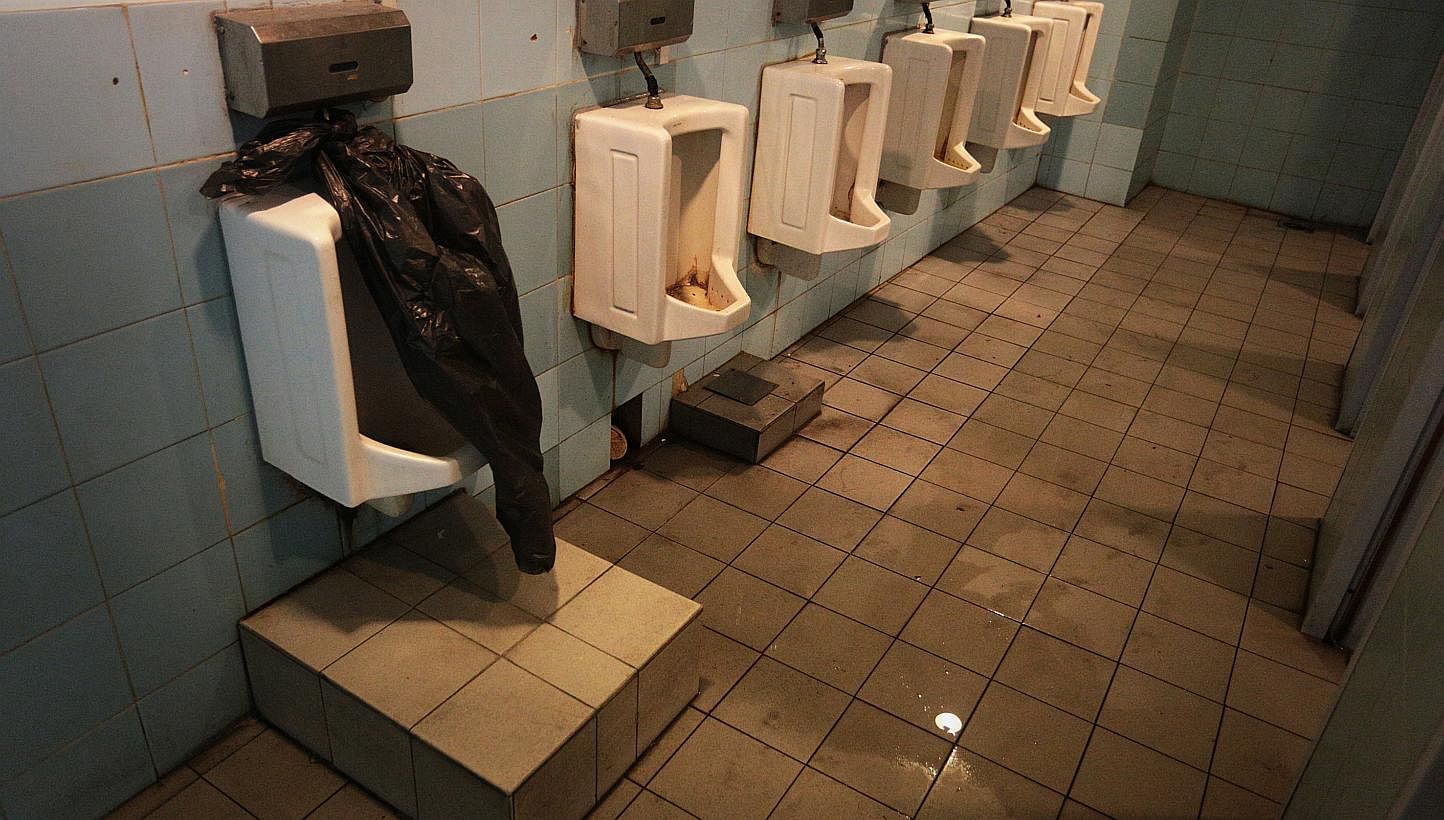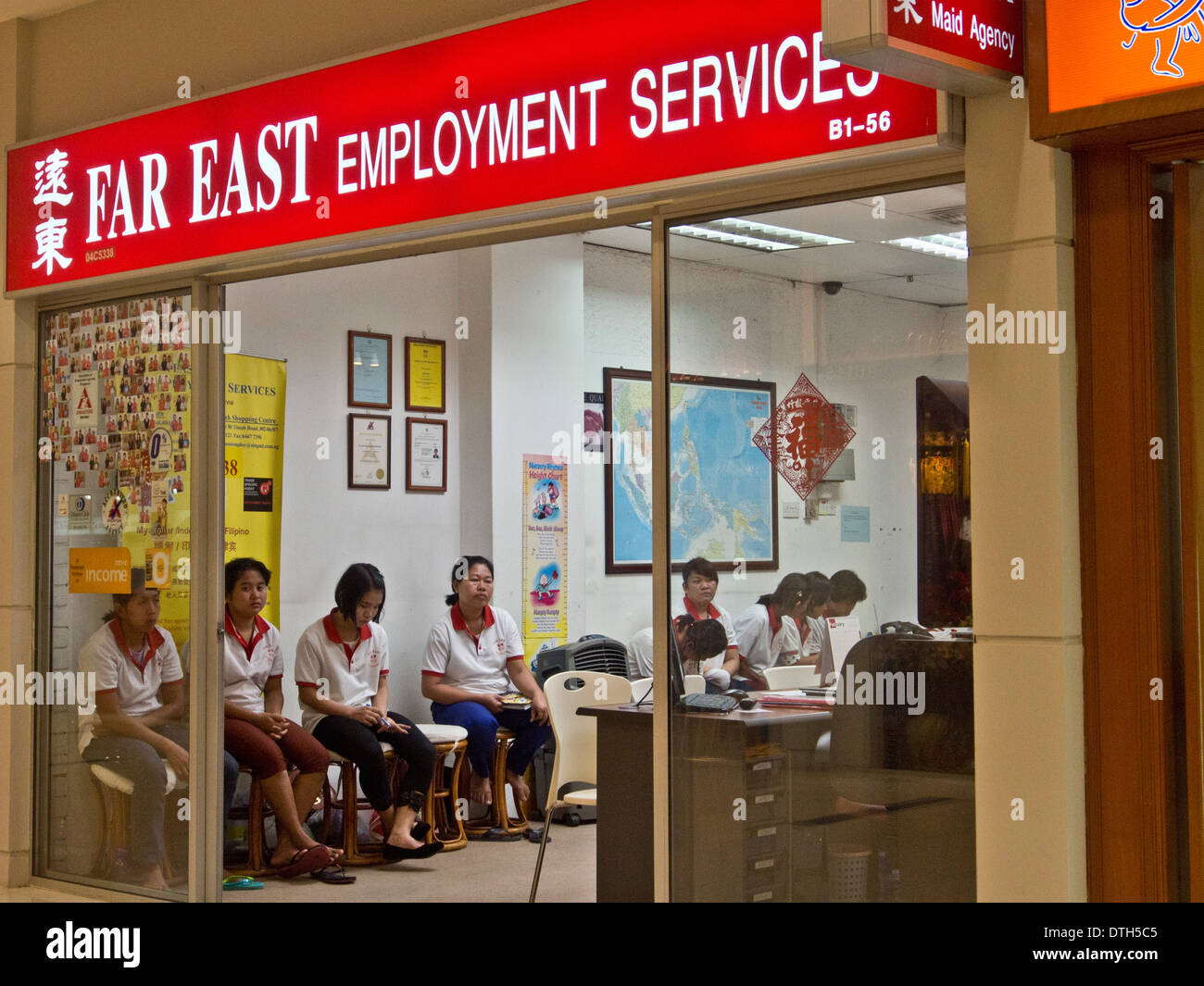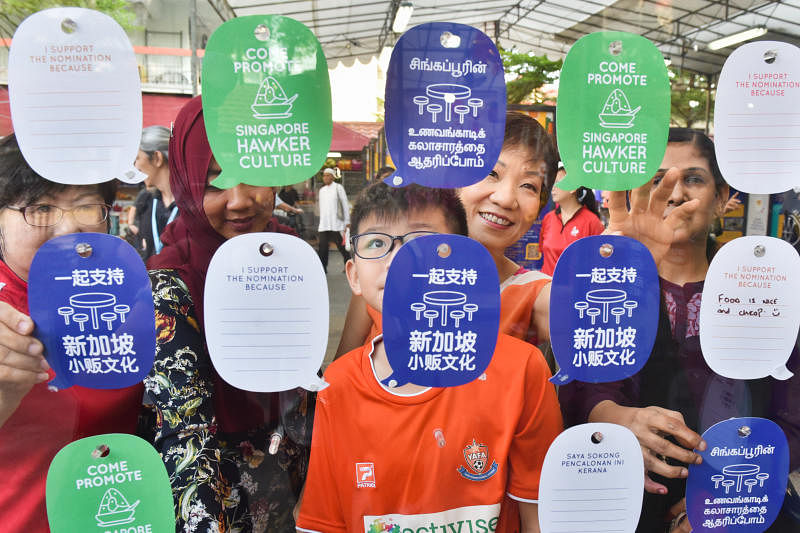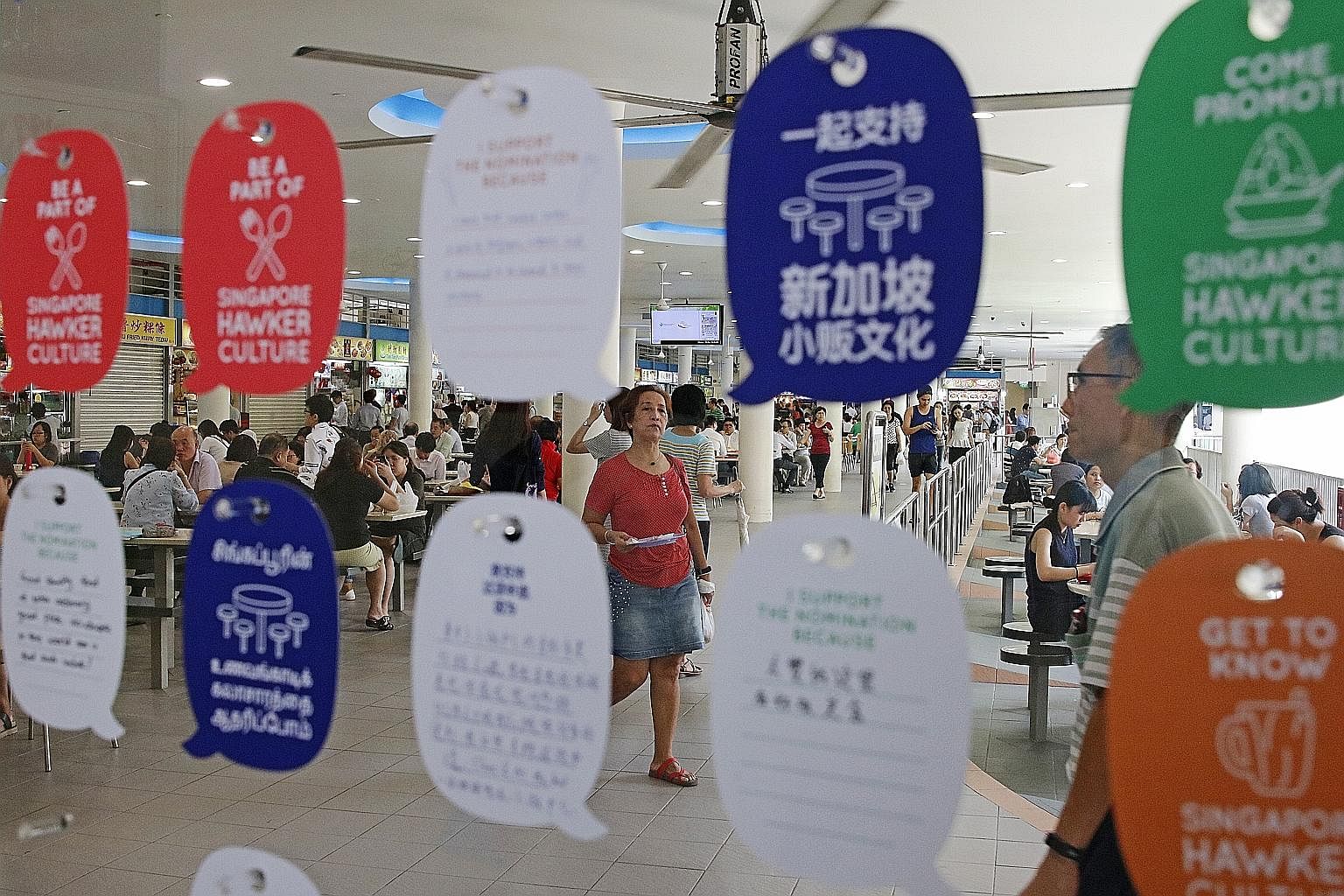- Joined
- Apr 14, 2011
- Messages
- 20,089
- Points
- 113
Singapore’s Unesco bid: The historical significance of the Padang, Arts House and other buildings in the area
Previous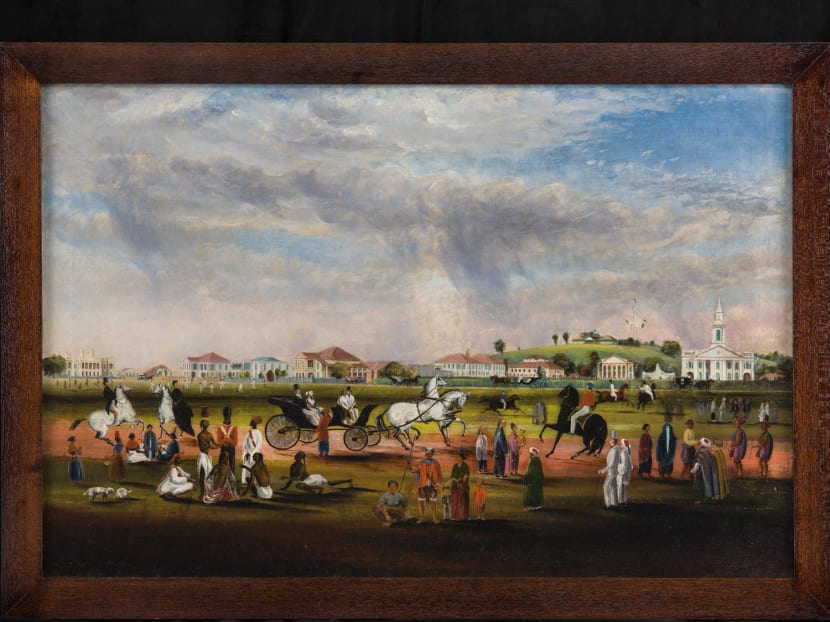
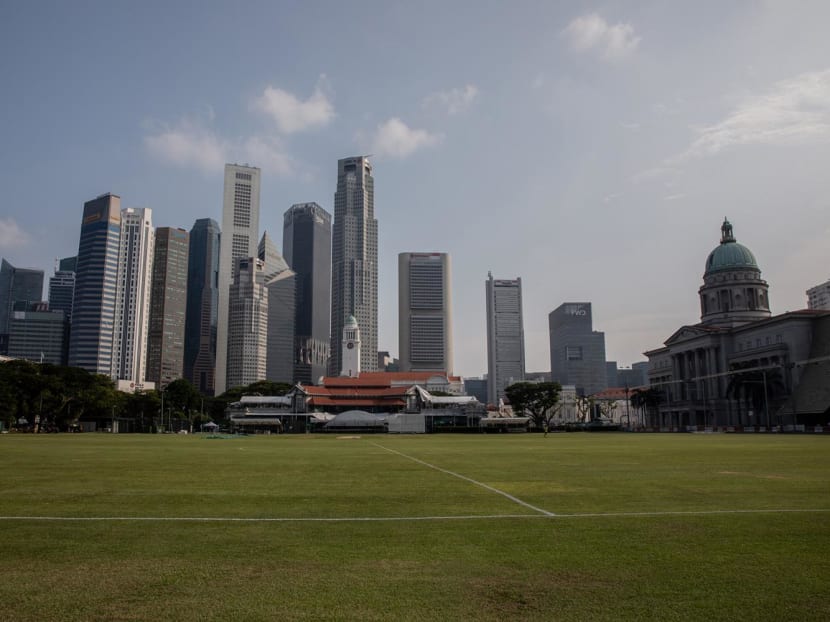
Next
Follow us on Instagram and Tiktok, and join our Telegram channel for the latest updates.
- The Padang and its surrounding buildings in Singapore have been included in the country's tentative Unesco World Heritage list
- The Padang, which has a rich history, was used as a military parade ground by the British after they established a trading post in Singapore in 1819
- Meanwhile, Victoria Theatre and Concert Hall was once the location for the trial of Japanese war criminals
- TODAY takes a closer look at the historical significance of some of the key landmarks within the Padang Civic Ensemble

BY
LOW YOUJIN
Published March 9, 2023Updated March 9, 2023
WhatsAppTelegramFacebookTwitterEmailLinkedIn
SINGAPORE — The Padang and surrounding buildings including the National Gallery and St Andrew's Cathedral are now on Singapore's tentative list to be nominated as a United Nations Educational, Scientific and Cultural Organisation (Unesco) World Heritage Site.
To join this exclusive list, which could take around five to six years to process, the collective grouping of buildings should have "cultural and natural heritage around the world considered to be of outstanding value to humanity", said Unesco.
ADVERTISEMENT
TODAY takes a closer look at the historical significance of some of the key landmarks within the Padang Civic Ensemble, including how the Padang was where Sang Nila Utama was said to have spotted the mythical beast that gave rise to Singapore’s name.
THE PADANG
The Padang, which means field in Malay, is where Sang Nila Utama is said to have spotted the legendary lion in the 13th century while on an expedition to Bentan (now Bintan), reported the National Library Board’s (NLB) quarterly publication, BiblioAsia.Thereafter, he named the island-state Singapura or the lion city.
Over 500 years later, the British began using it as a military parade ground shortly after they established Singapore as a trading post in 1819.
The National Heritage Board (NHB) said that the field also served as a defensive esplanade and provided a clear field of fire to defend the fledgling British settlement against invasion.
ADVERTISEMENT
Once the military threat subsided, the Padang eventually developed over time into a playing field for British sports, the town’s municipal and civic centre, and a commemorative venue.
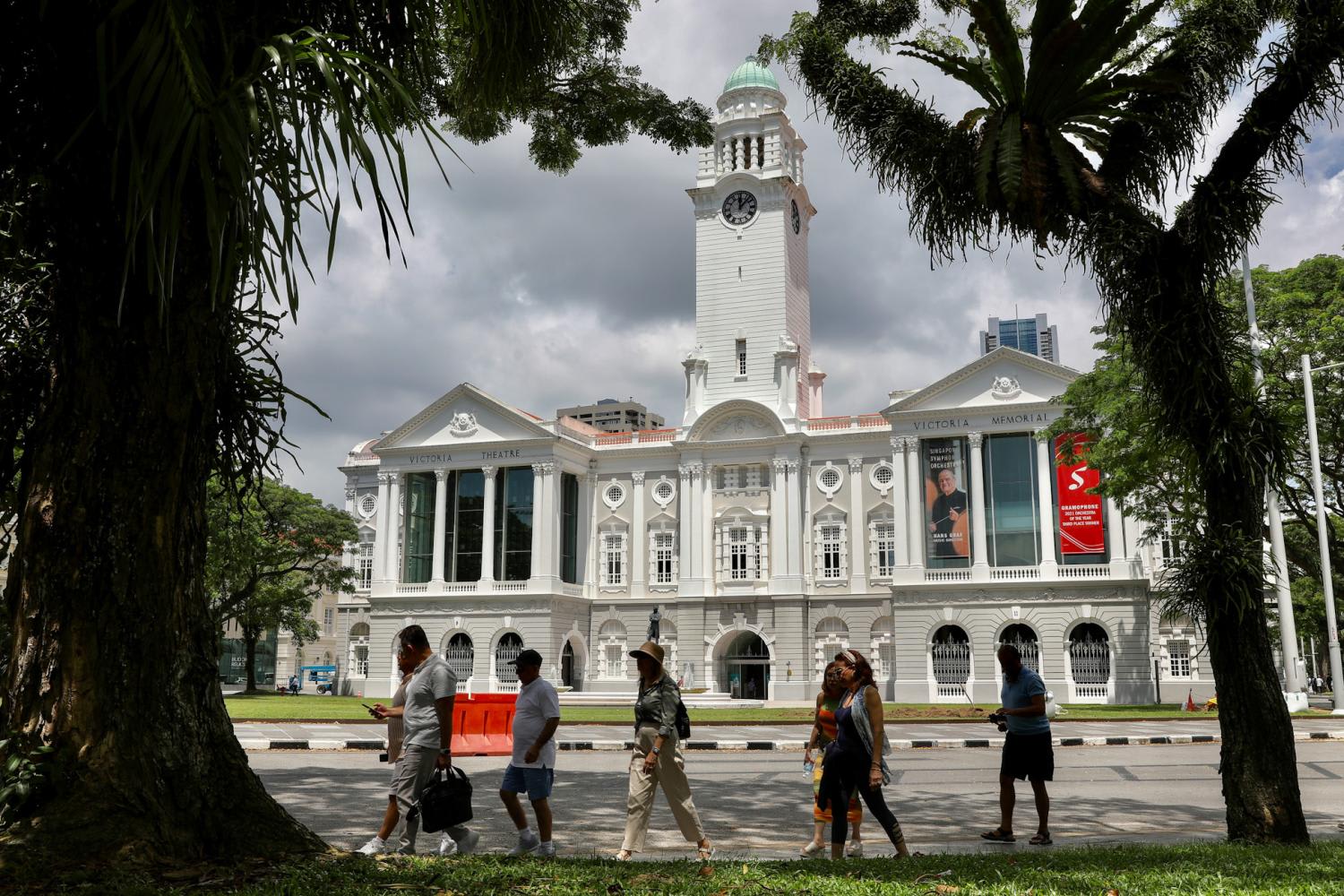
VICTORIA THEATRE AND CONCERT HALL
Singapore’s oldest performing arts venue was originally known as the Town Hall and Victoria Memorial Hall.It was constructed between 1855 and 1862 as a town hall housing a small theatre, read a report from Roots, a heritage portal by the NHB.
When Britain's Queen Victoria died in 1901, it was decided that year a memorial hall would be constructed beside the town hall to commemorate her passing.
When the memorial ended, Roots said it was decided that the town hall should be remodelled into a proper theatre with a similar attractive facade as the former. A new Victoria Theatre opened in early 1909.
ADVERTISEMENT
It was eventually renamed the Victoria Concert Hall with the Singapore Symphony Orchestra taking up residence there.
During the early stages of World War II, it served as a hospital and later became the location for the trial of Japanese war criminals after their surrender.
In 1954, the newly formed People’s Action Party used the venue for its inaugural meeting.

THE NATIONAL GALLERY
The National Gallery, which houses local and Southeast Asian art, was formerly Singapore's City Hall and Supreme Court buildings — both of which have been gazetted national monuments.The former City Hall was completed in 1929 and was part of Singapore’s seafront neoclassical facade.
ADVERTISEMENT
The edifice was originally known as the Municipal Building, where a council oversaw the maintenance of public infrastructure, among other matters.
When the Second World War began, Roots said the Municipal Building was open to the public who sought shelter from air raids.
The portal added that it then became the municipal headquarters for the Japanese after the fall of Singapore and also the gathering point where the occupiers began marching Allied prisoners-of-war to Changi prison camp.
In 1945, it became the building where the British accepted the surrender from Japan’s General Seishiro Itagaki. That same day, a huge victory parade took place on the Padang.
The building was renamed City Hall when Singapore was granted city status by the British in 1951.
It served as the spot in 1959 where Lee Kuan Yew was sworn in as Singapore’s first prime minister and Yusof Ishak became Singapore’s first Malayan-born head of state.
Lee also announced the end of colonial rule and the formation of the Federation of Malaysia with Singapore as a member state on the steps of the building in 1963. After Singapore gained independence in 1965, the edifice housed various government offices.
As for the former Supreme Court, it is the last grand neoclassical building constructed during Singapore’s colonial era, taking reference from the Old Bailey Courthouse in London.
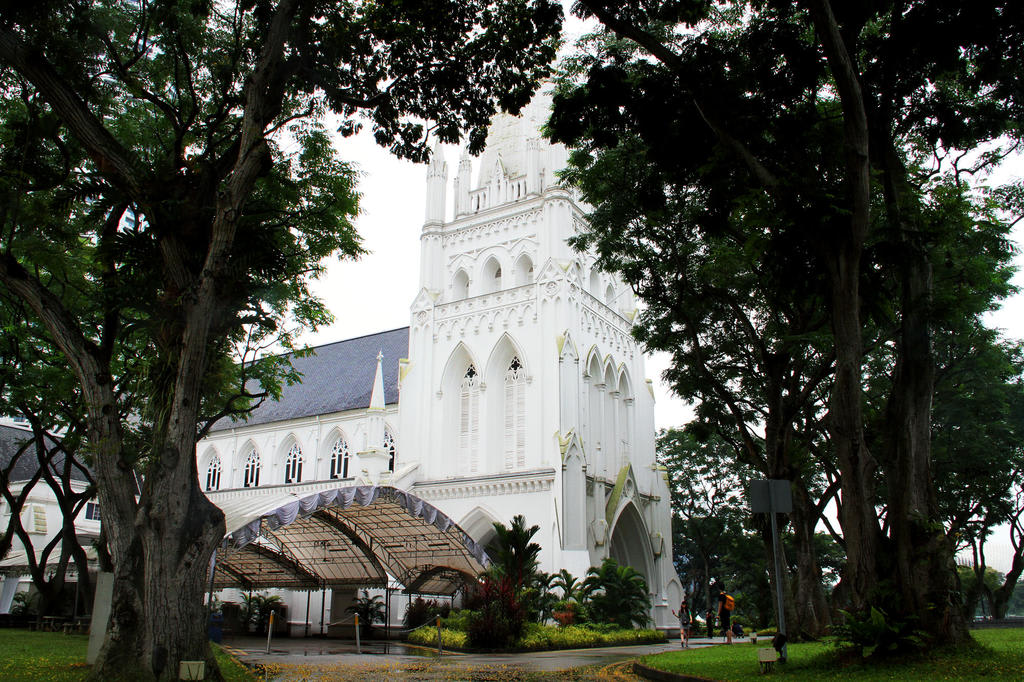
ST ANDREW’S CATHEDRAL
Constructed in 1837, the cathedral is Singapore’s oldest surviving Anglican place of worship and is the seat of the Anglican bishop of Singapore.It is named after Saint Andrew, the patron of Scotland, in honour of the Scottish community who had donated generously to the church’s building fund, reported Roots.
The portal added that when the Japanese invaded Singapore in 1942, the nave was temporarily converted into a hospital to treat the wounded but remained open for church services.
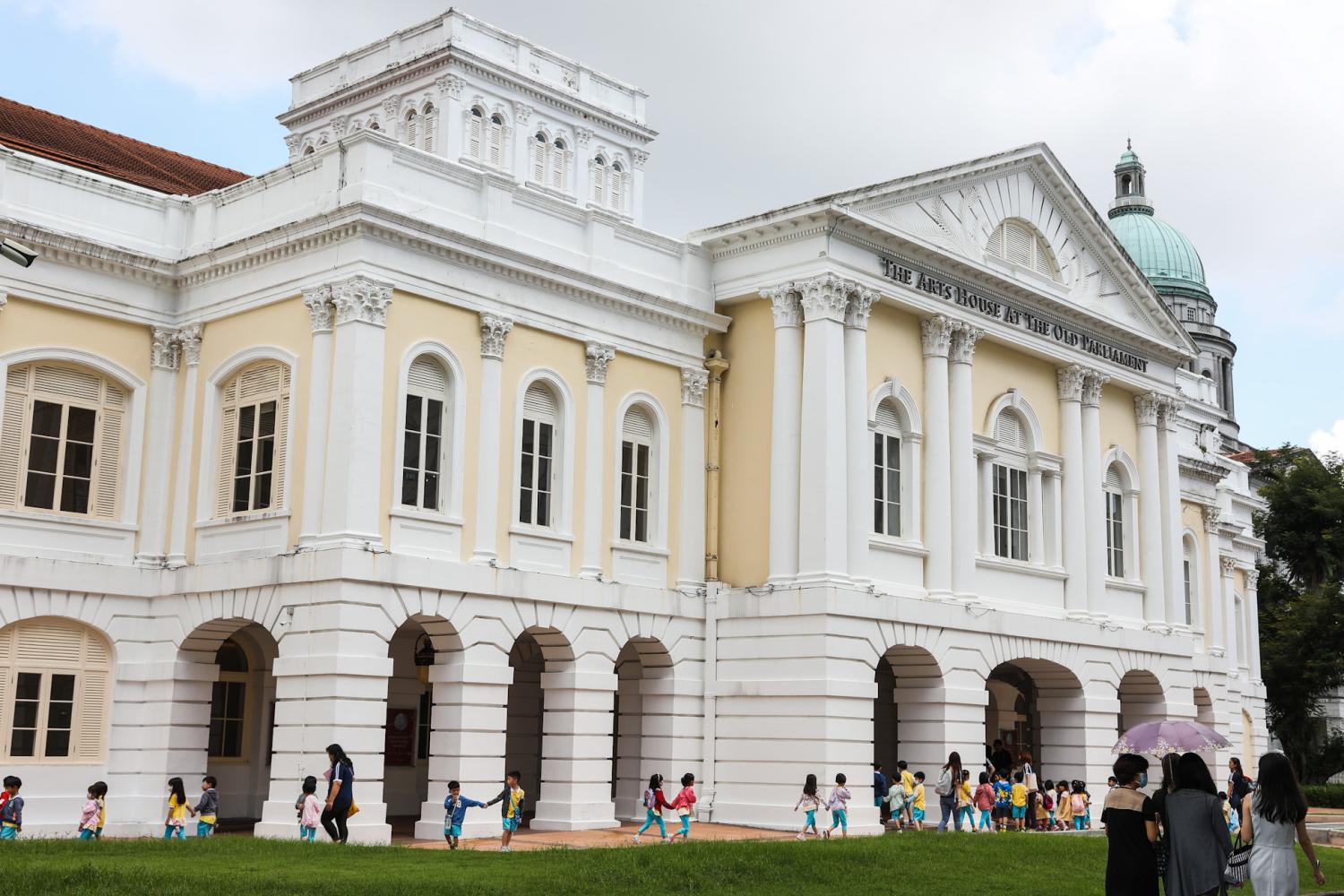
THE ARTS HOUSE
The Arts House building is likely to be the oldest surviving building in Singapore, said Roots, with the palatial building initially constructed as a private residence in 1827.However, Roots said an administrative oversight meant the building, known as Maxwell House, could not be enjoyed as a private residence because it was constructed on land that Sir Stamford Raffles had set aside for public and administrative use.
As such, when the building was complete, the court and other government offices moved in.
The building was renamed Parliament House in 1965 after Singapore gained independence. It was where Parliament sat until 1999, when a new building was constructed nearby for that purpose.
In 2004, the Old Parliament House was renamed The Arts House where arts and cultural events are now regularly held.


